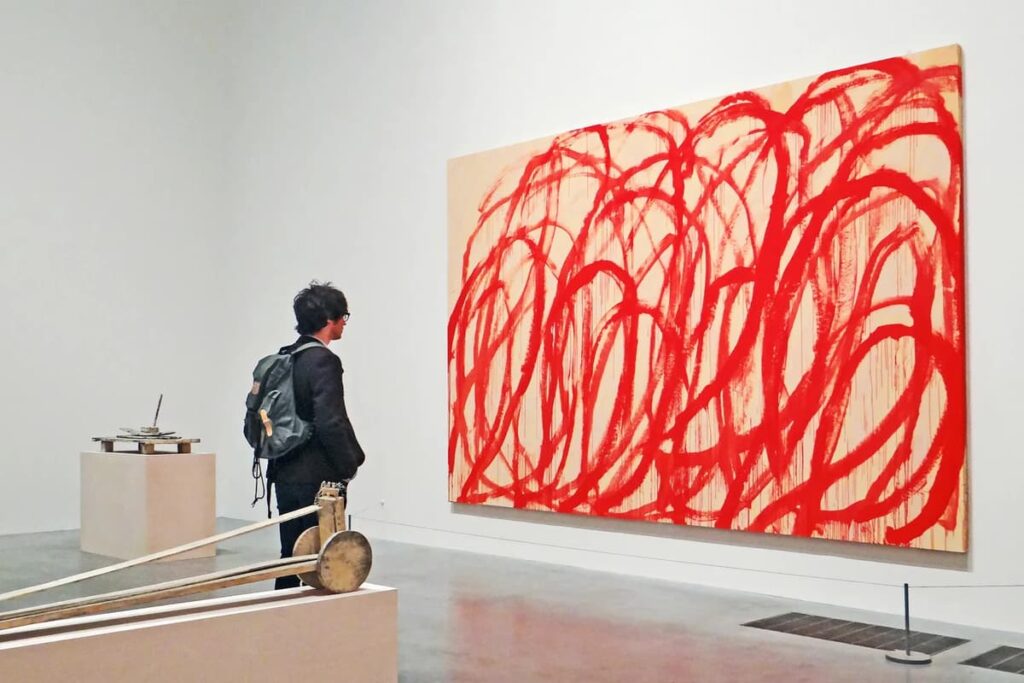In the ever-evolving landscape of the modern world, art has found new avenues of expression, and artists have harnessed technology to push the boundaries of creativity. The fusion of art and technology has given rise to a dynamic and diverse range of art forms that resonate with the complexities of contemporary life. This article explores how art has adapted to the digital age, the impact of technology on artistic expression, and the significance of art in our fast-paced, interconnected world.
The Digital Canvas: Transforming Artistic Creation
One of the most prominent developments in art in the modern world is the shift towards digital mediums. Digital art has become a ubiquitous form of expression, enabling artists to create stunning works using computers, tablets, and software tools. This transition has democratized art, making it accessible to a wider audience and allowing artists to experiment with new techniques and styles. From digital painting to 3D modeling, artists have harnessed the power of technology to explore uncharted creative territories.
Virtual Reality and Augmented Reality: Redefining Artistic Immersion
Virtual Reality (VR) and Augmented Reality (AR) have revolutionized the way we experience art. Artists can now transport viewers to immersive virtual worlds or overlay digital art onto the physical environment. VR exhibitions and AR apps have transformed art appreciation into an interactive and multi-sensory experience, blurring the lines between the artist and the audience. This integration of technology challenges traditional notions of art galleries and museums, offering a new dimension to artistic expression.
Social Media and Artistic Visibility
Social media platforms have emerged as essential tools for artists to showcase their work and connect with a global audience. Artists can share their creations, engage with art enthusiasts, and even sell their artwork directly to collectors through online platforms. The immediacy and reach of social media have transformed the art market, allowing emerging artists to gain recognition and challenge established norms. Instagram, Pinterest, and TikTok have become virtual galleries where artists can experiment with visual storytelling and build their brand.
Big Data and Artistic Inspiration
In the modern world, artists are harnessing the power of big data to explore new realms of creativity. Data visualization has become an art form in itself, with artists translating complex datasets into visually compelling narratives. Through the analysis of vast amounts of information, artists are addressing social, political, and environmental issues, creating thought-provoking artworks that resonate with the data-driven society we live in.

Artificial Intelligence: The Collaborative Artist
Artificial Intelligence (AI) has emerged as a creative partner for artists. AI algorithms can generate art, music, and literature, blurring the lines between human and machine-generated creativity. Artists are using AI tools to explore novel artistic approaches, challenge conventions, and push the boundaries of their craft. This collaboration between artists and AI raises questions about authorship and the nature of creativity, sparking debates within the art world.
Art and Social Commentary
In the modern world, art continues to serve as a powerful tool for social commentary and activism. Artists are addressing pressing global issues, such as climate change, inequality, and identity, through their work. Whether it’s street art, protest art, or digital installations, artists are raising awareness and provoking discussions on critical societal challenges. In an interconnected world, art has the potential to mobilize and inspire change.
Conclusion: The Resilience of Art in the Digital Age
Art in the modern world is a testament to human adaptability and innovation. Technology has expanded the horizons of artistic expression, enabling artists to connect with diverse audiences and explore uncharted territories. The fusion of art and technology, from digital mediums to AI collaborations, has reshaped the art landscape. Social media has democratized art, making it accessible to all, while artists continue to use their craft to comment on the pressing issues of our time.
In an age of rapid change and interconnectedness, art remains a vital means of expression, reflection, and engagement. It continues to enrich our lives, challenge our perspectives, and remind us of the enduring power of creativity in the modern world. As we navigate the digital age, we can be sure that art will remain a guiding light, illuminating the path forward.